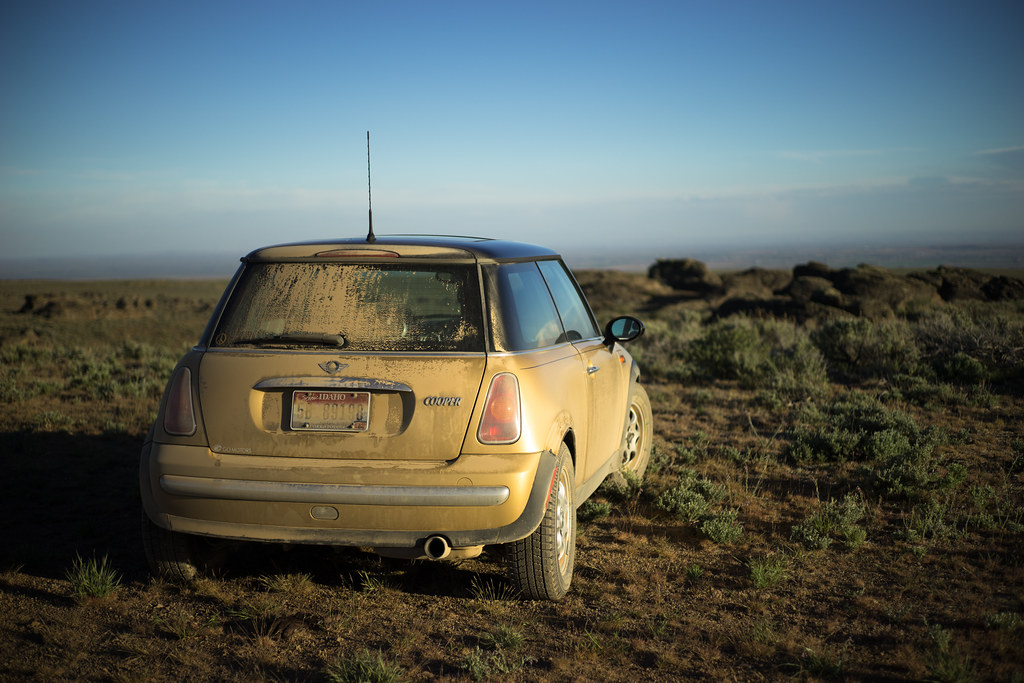So, on this whole Mandler-look thing, I happen to be a bit waylaid on the rendering issue. Clinical / non-clinical etc makes no difference to me (crosses heart: I am a physician !!) unless I see hard evidence, but I am interested in some intentional spherical aberration if I can get it at a reasonable price..... So what would be your definitive desert-island-Mandler-aberrated lenses?
Does any one know of any comparative reviews of something like say a 35v4 cron vs 35asph on same subjects ? or say a 75 cron vs 75 lux at f2? or any asph vs pre-asph?
Ashwin Rao seems convinced in one earlier thread, citing a few beautifully captured photos.. Are there any more nice examples in this regard to guide a newbie's eye? i.e., IS THERE AN EVIDENCE BASE?
Or is it all a hype and fad?
Cheers,
Saty
Does any one know of any comparative reviews of something like say a 35v4 cron vs 35asph on same subjects ? or say a 75 cron vs 75 lux at f2? or any asph vs pre-asph?
Ashwin Rao seems convinced in one earlier thread, citing a few beautifully captured photos.. Are there any more nice examples in this regard to guide a newbie's eye? i.e., IS THERE AN EVIDENCE BASE?
Or is it all a hype and fad?
Cheers,
Saty



